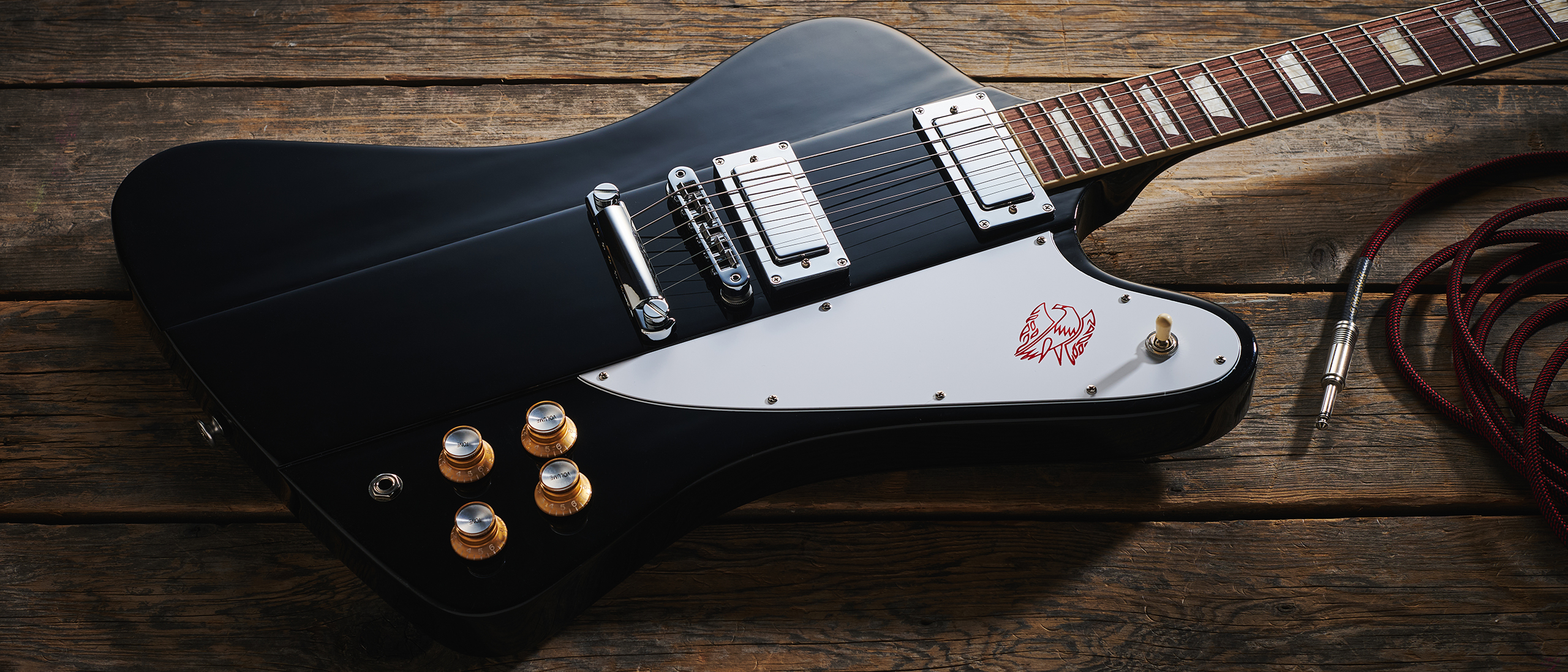Triads are integral to gospel, neo-soul and jazz guitar – in fact, they're essential for any style of guitar playing. Expand your repertoire now with these effortlessly cool licks
Pickup Music founder Sam Blakelock drops by to reveal how triads can elevate your gospel game, and broaden your horizons when playing jazz, R&B and neo-soul

Triads are a crucial part of gospel, R&B, and jazz guitar. In fact, they’re an important tool for guitarists of any genre. There’s no better way to get acquainted than by getting hands on. So let’s take a look at some beautiful triadic gospel licks that are guaranteed to get those creative juices flowing.
Sam Blakelock has eight licks for you to learn here, each one with its own unique flavour. The best part is at the end, they all tie together to create a glorious sequence. It’s up to you whether you treat it as a package of cool licks or a longer study piece.
So grab your guitar, set up a smooth, clean tone, and let’s slow things down a little. Make sure your hands are warmed up and we’ll take you through eight triadic gospel licks.
Example 1. Tom Misch-style line and triads
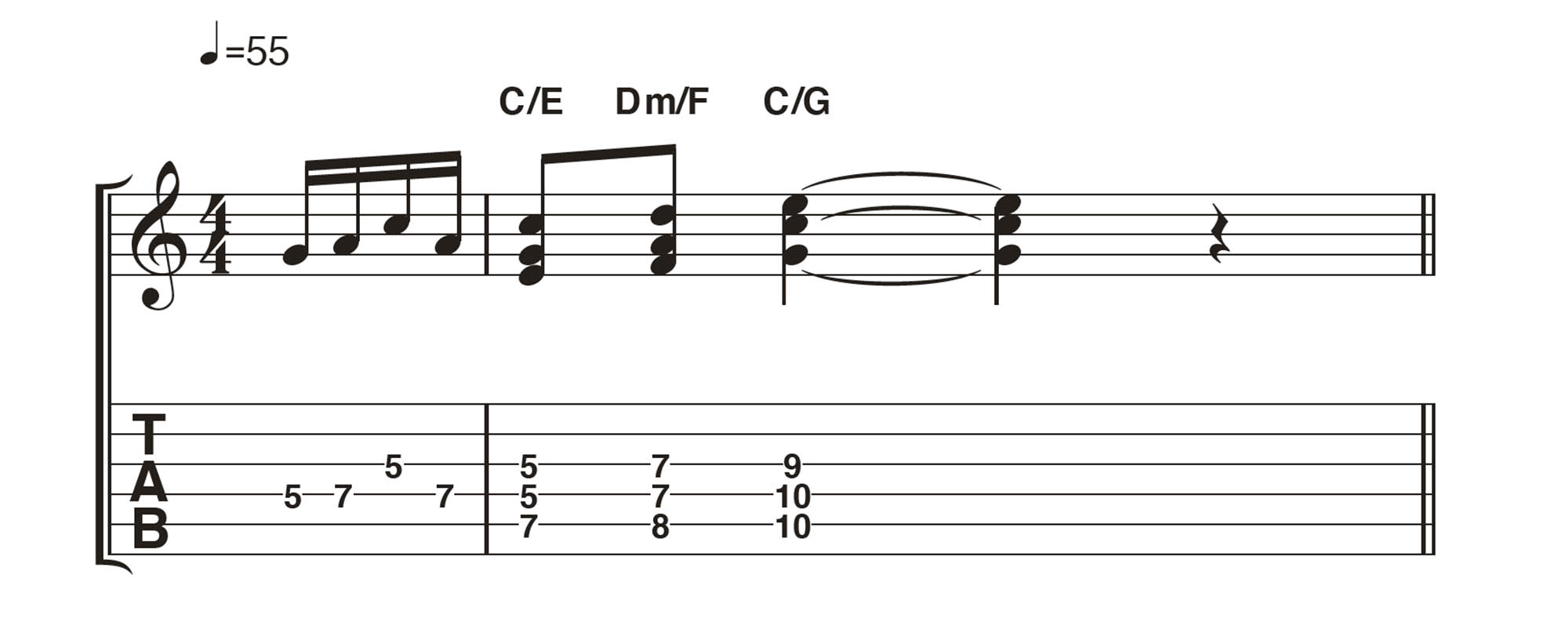
Let’s start with a super laid-back feel at around 50bpm. We’re in the key of C major (C D E F G A B) and using the classic A minor pentatonic box (A C D E G) as our home base. Focus on these three-note chord voicings – they’re really useful shapes to have under your belt.
Example 2. New position and triads
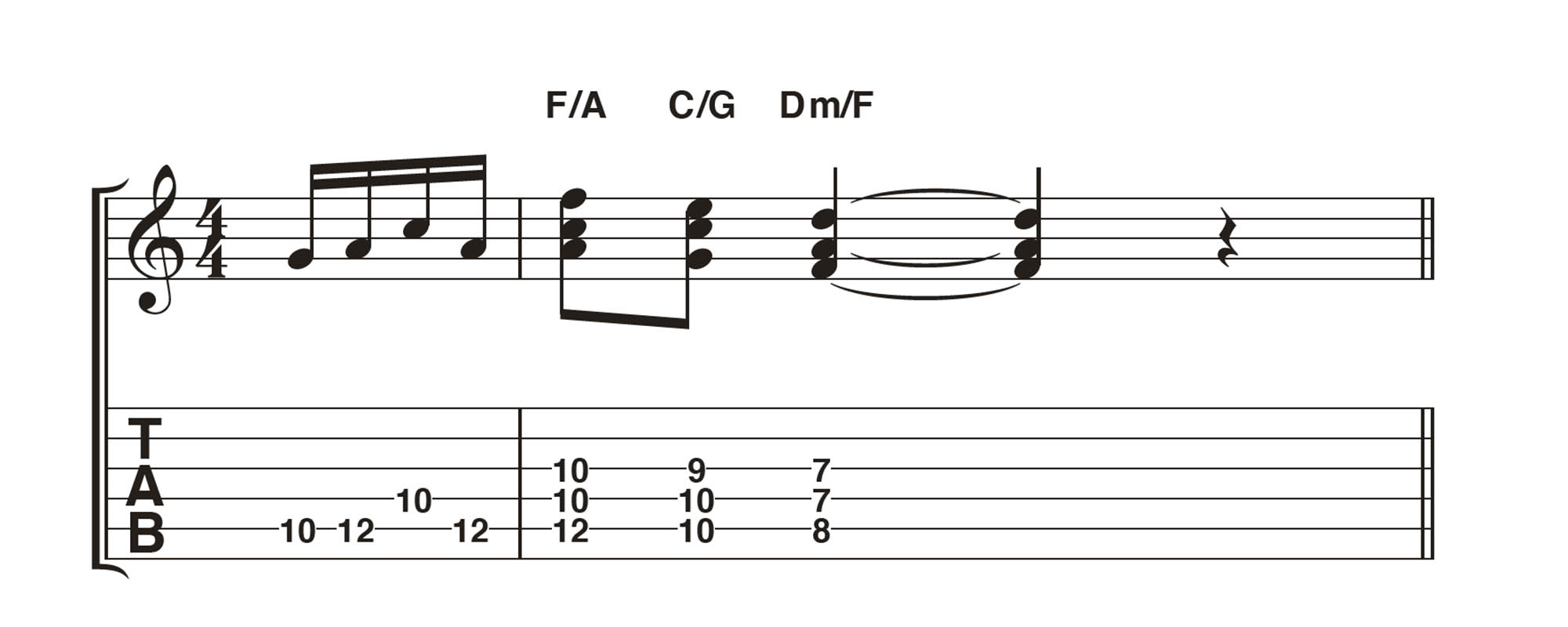
Leading on from the previous lick, we’ll take the same phrase and move it up. It’s really important to learn how to play any phrase in multiple positions on the neck. Not only does it help with fretboard knowledge, but it’s also great for creating a smooth, relaxed playing style – no jumping up and down the neck.
Example 3. Minor IV chord
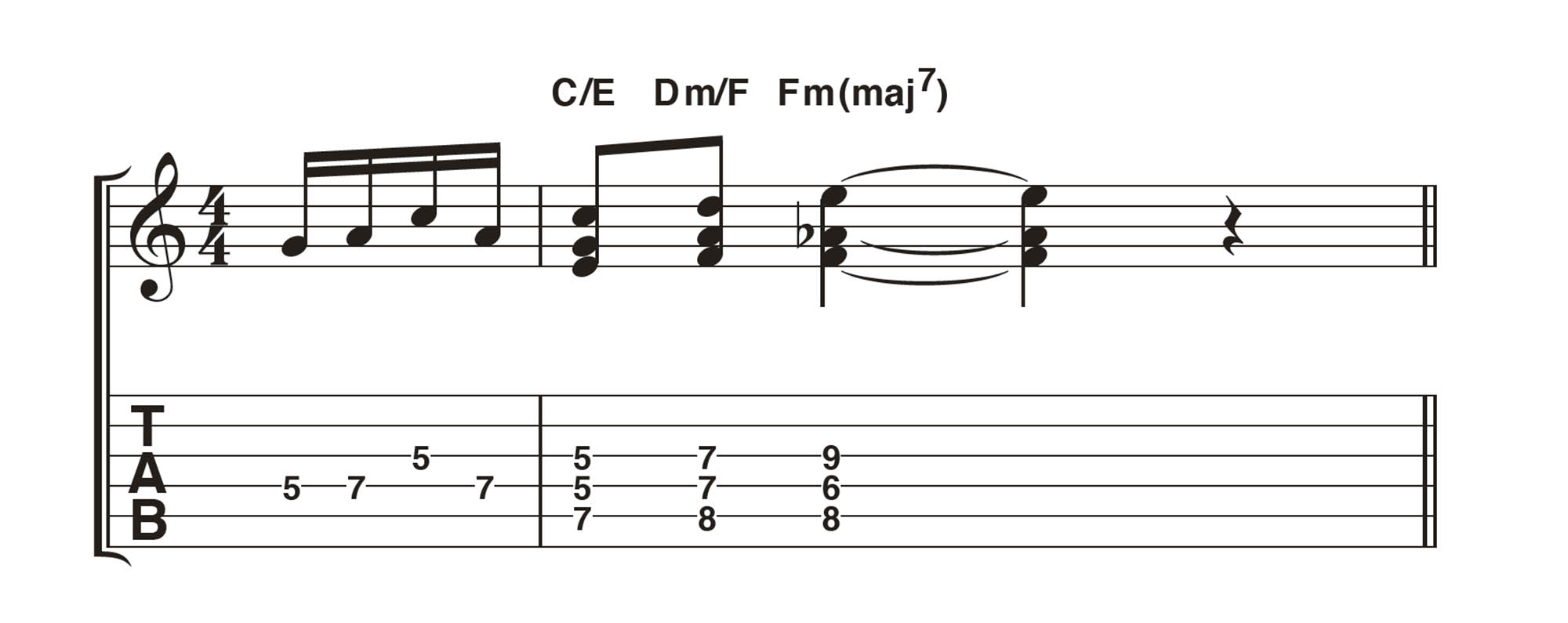
Nothing too tricky yet, right? Here’s the same phrase, but this time it lands on the iv (F – the fourth note in C major), giving it a very different flavour. That last chord in the lick is an F minor/major 7th chord, which stems from the harmonic minor scale. It’s an exotic sound and quite suspenseful.
Example 4. Secondary dominant to the VI
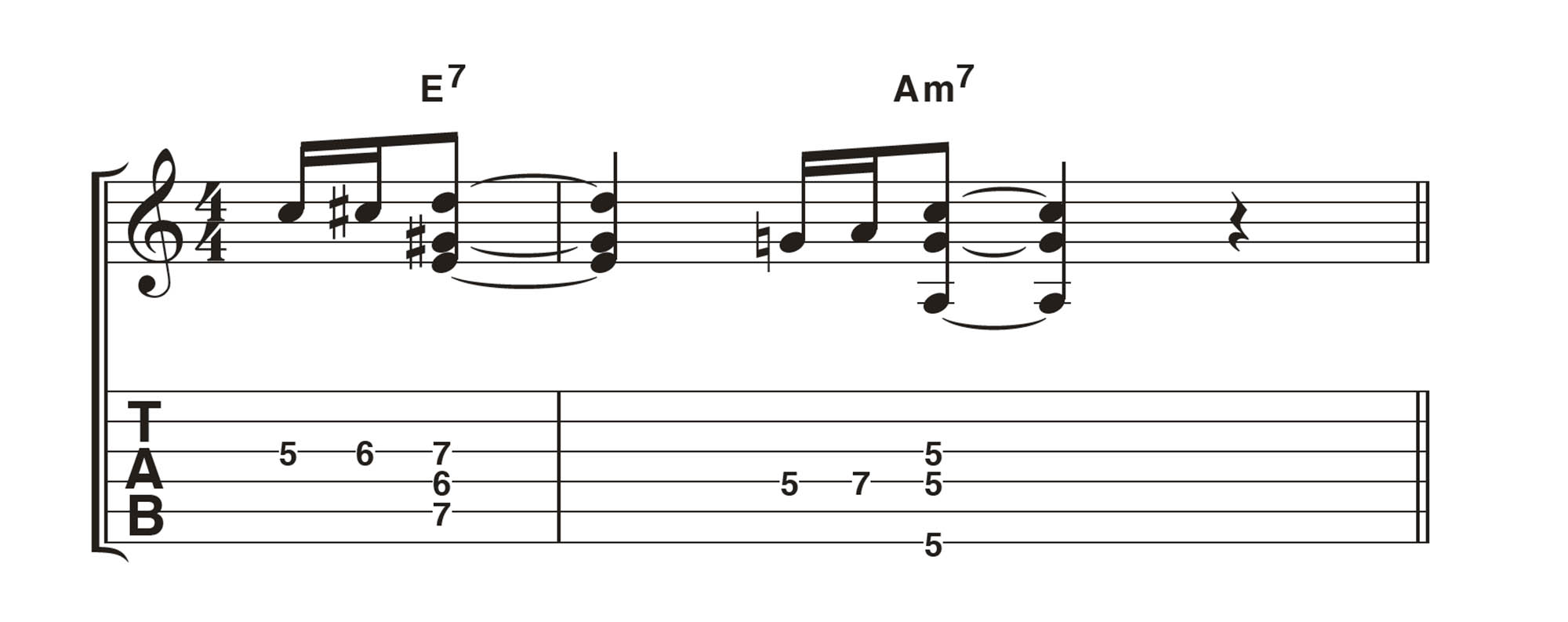
Here’s a turnaround – E7 (a ‘secondary’ dominant, because it’s not from the key we’re playing in) to Am. The melody leads into the chords with chromatic notes, which is a great way to get that slinky jazz sound. Before you move on, put all four licks together and get comfortable playing them through in sequence.
Example 5. Secondary dominant to the ii

Let’s try another secondary dominant chord (A7), but this time landing on the ii (D, or rather, Dm in this key). To create interesting passages, it’s important to mix things up – not just stick to only triads or only 7th chords. This lick is a great demonstration of that idea based around an arpeggiated A7 chord.
Example 6. Diminished passing chord
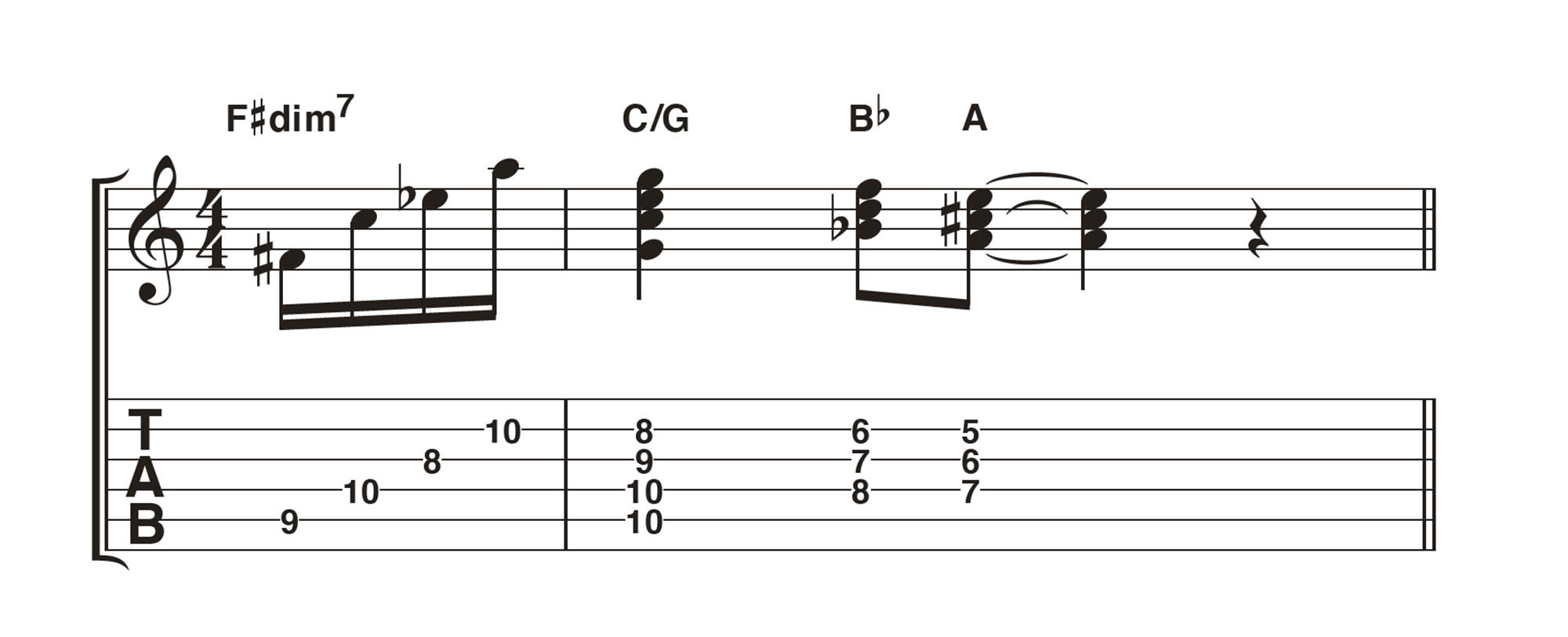
Continuing from the previous lick we’ll keep going up through the scale. This part starts on an F diminished arpeggio and then moves to a C/G. After that, we descend to a simple Bb triad and finally resolve to an A. Once you’ve got that, move on to the final two licks!
Example 7. Diminished substitution and a II-V
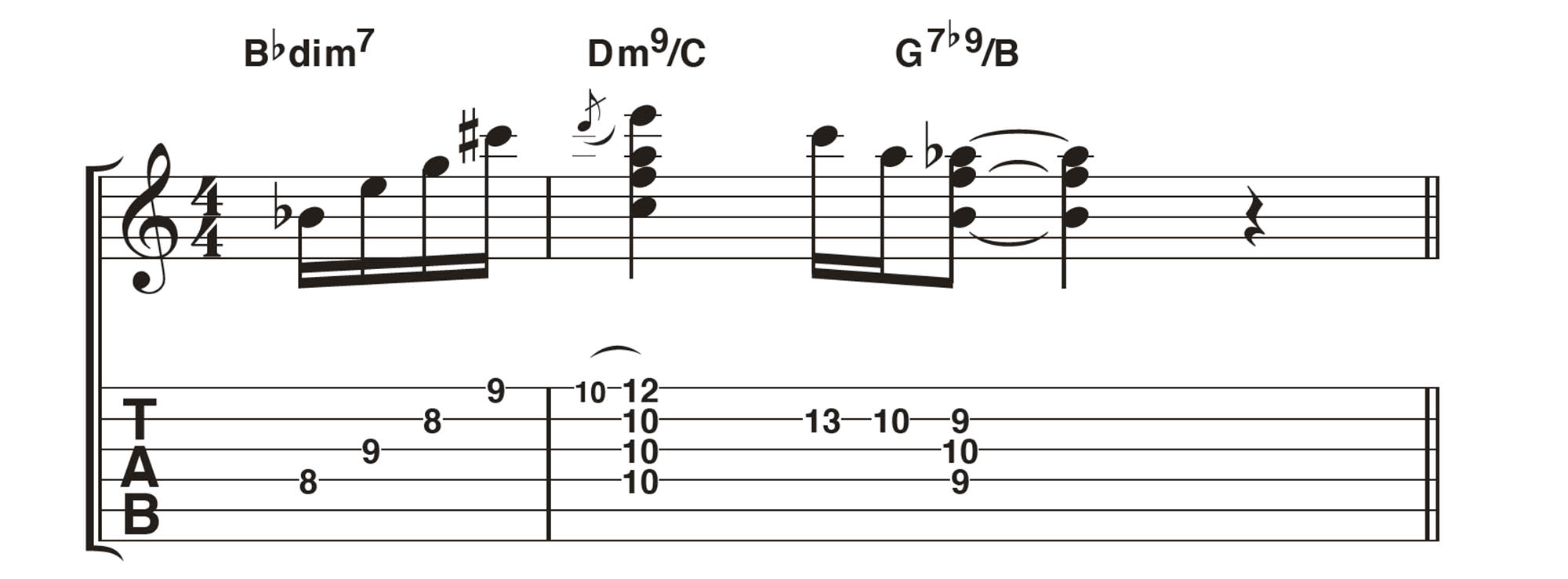
This lick also starts on a diminished chord – it’s a different shape so take some time to familiarise yourself with it. The following chord is a Dm9 with a little hammer-on embellishment for some real neo-soul flavour. We finish off with a G7b9. Practise making a smooth transition from the previous lick to this one.
Example 8. Doublestops
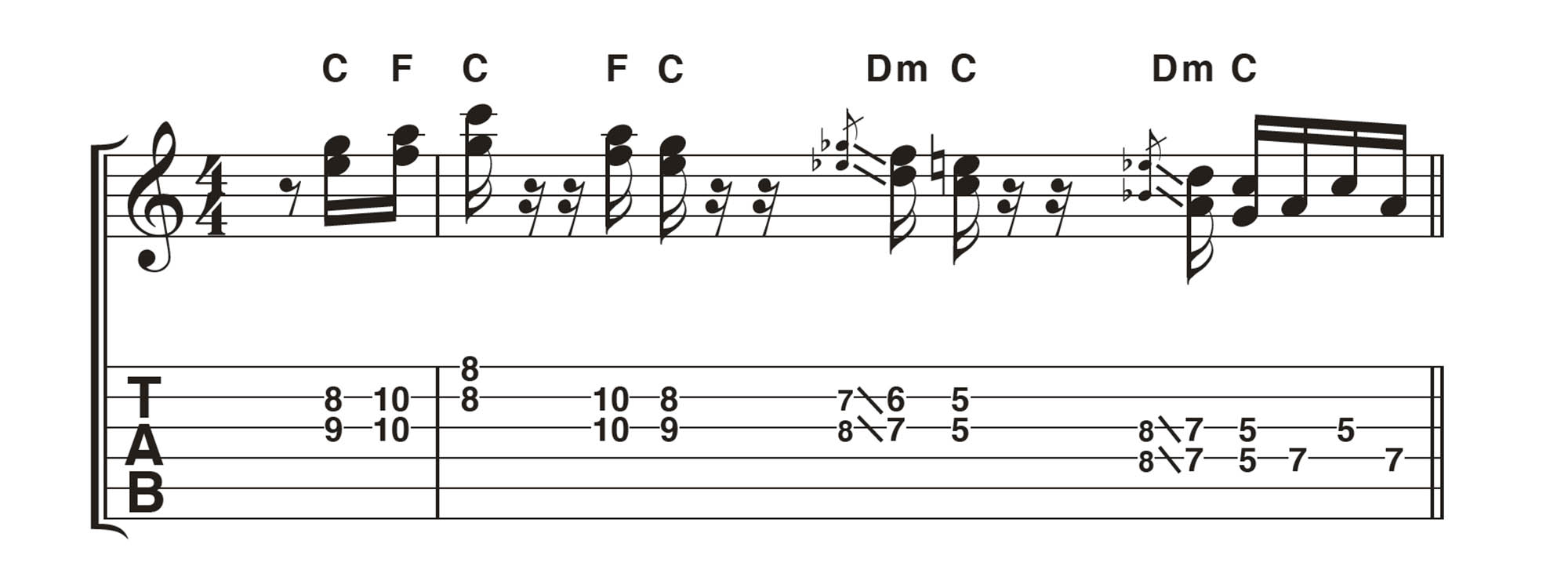
Let’s finish this whole sequence in style. Feel free to add your own flare to this, you can use slides or hammer-ons to accent certain notes. Now for the fun bit – once you’re confident with each individual lick, put them all together for an awesome sequence!
- Get access to the world’s best online guitar courses and reach your guitar goals with structured lessons and personalised feedback from pro instructors. Pickup Music even offer a 14-day free trial so you can take a look before you buy.
Get The Pick Newsletter
All the latest guitar news, interviews, lessons, reviews, deals and more, direct to your inbox!
As a co-founder of Pickup Music, it’s safe to say Sam Blakelock is at the forefront of online guitar education. He’s created a thriving online community for guitarists which continues to grow. With a Master’s Degree in jazz performance and years of experience gigging all over the world, Sam is a top example of a contemporary guitarist.










![Joe Bonamassa [left] wears a deep blue suit and polka-dotted shirt and plays his green refin Strat; the late Irish blues legend Rory Gallagher [right] screams and inflicts some punishment on his heavily worn number one Stratocaster.](https://cdn.mos.cms.futurecdn.net/cw28h7UBcTVfTLs7p7eiLe.jpg)
